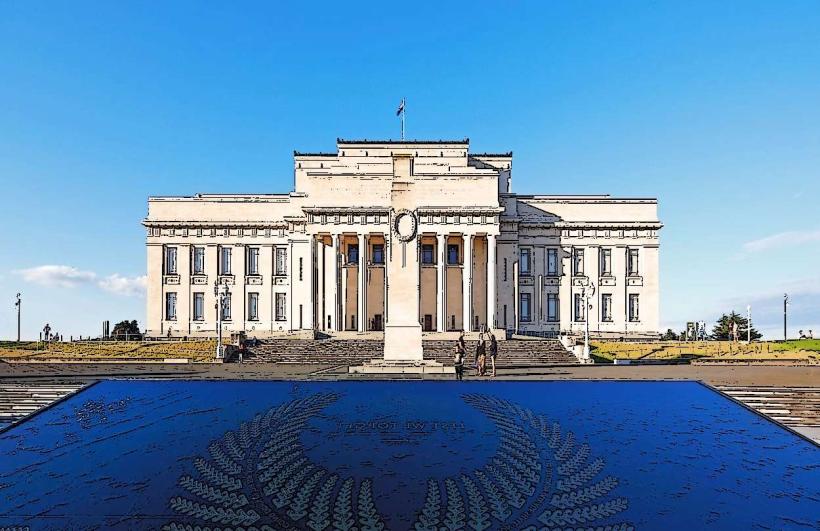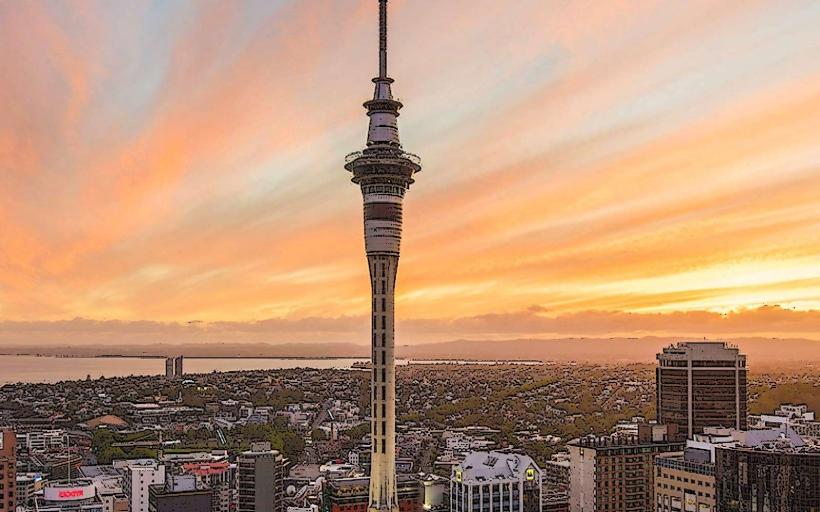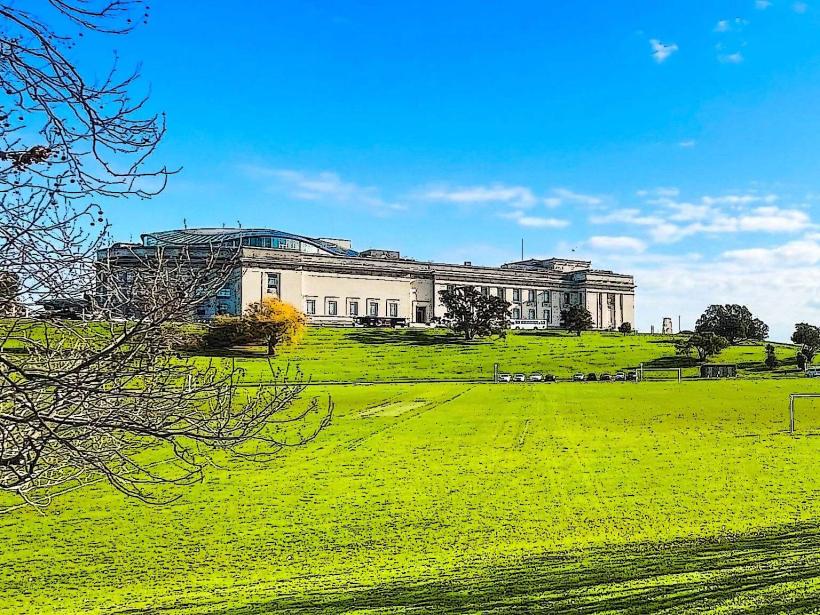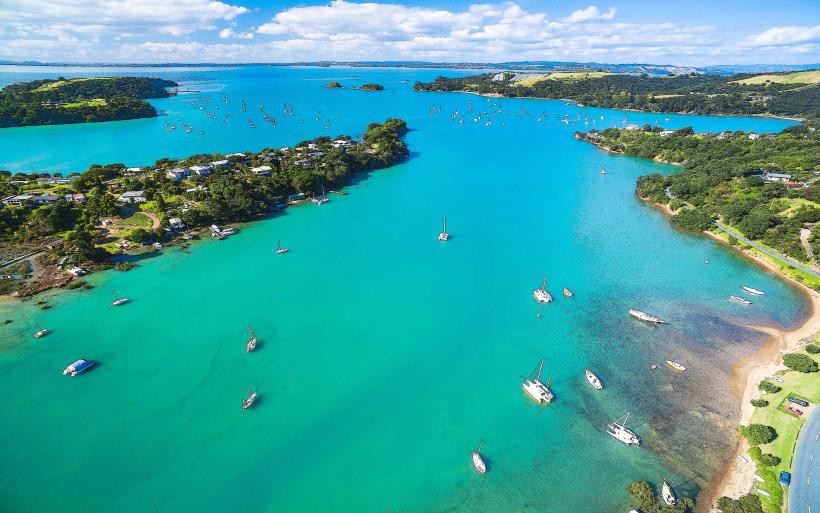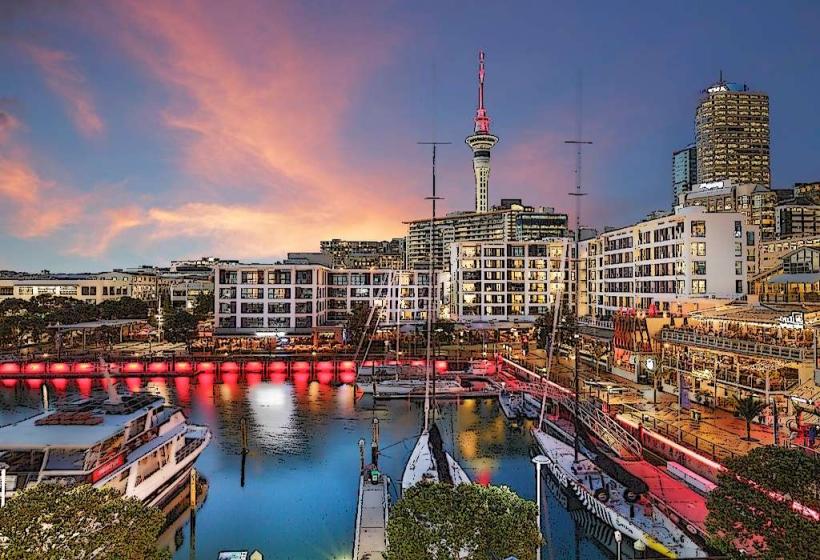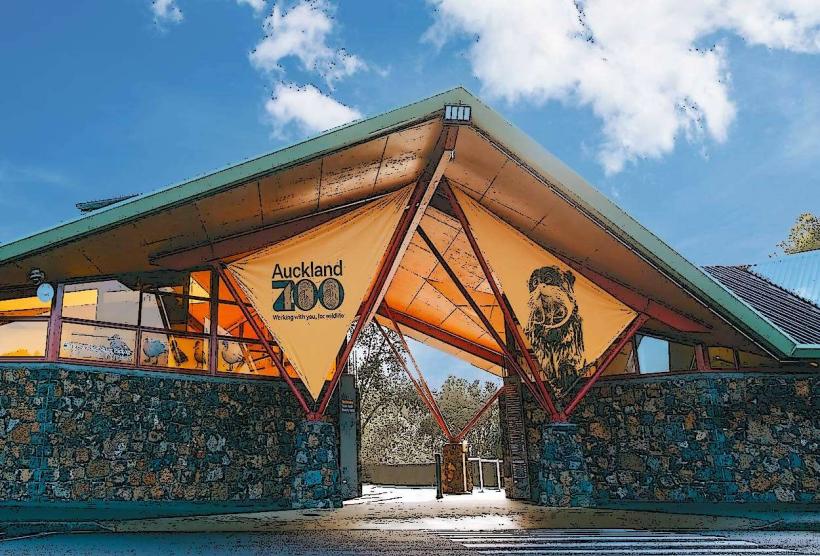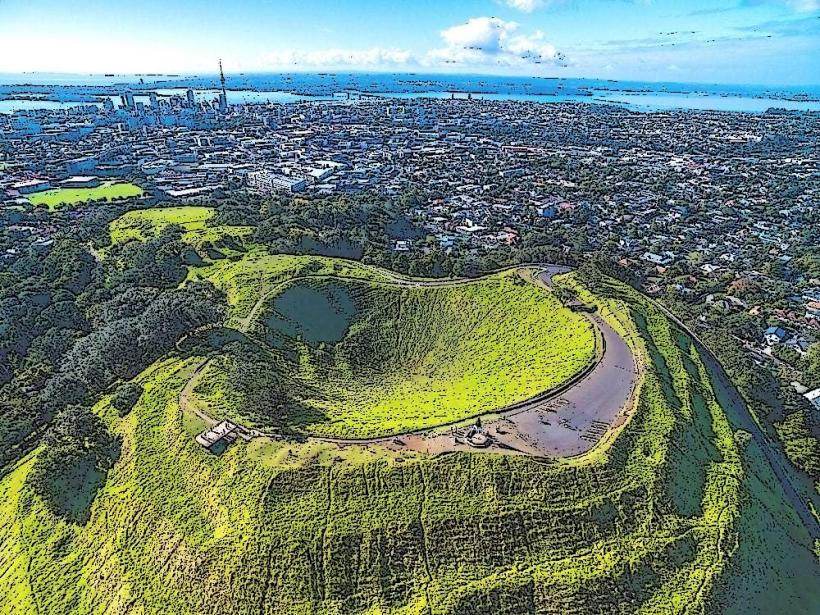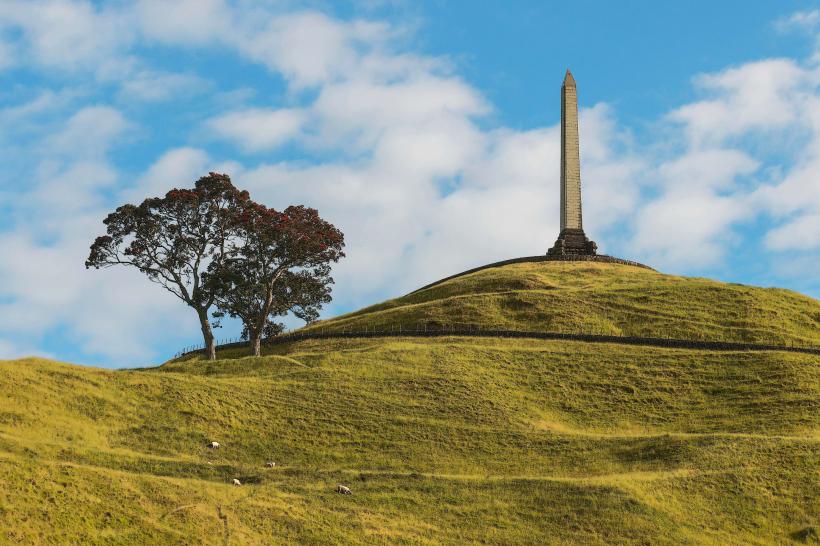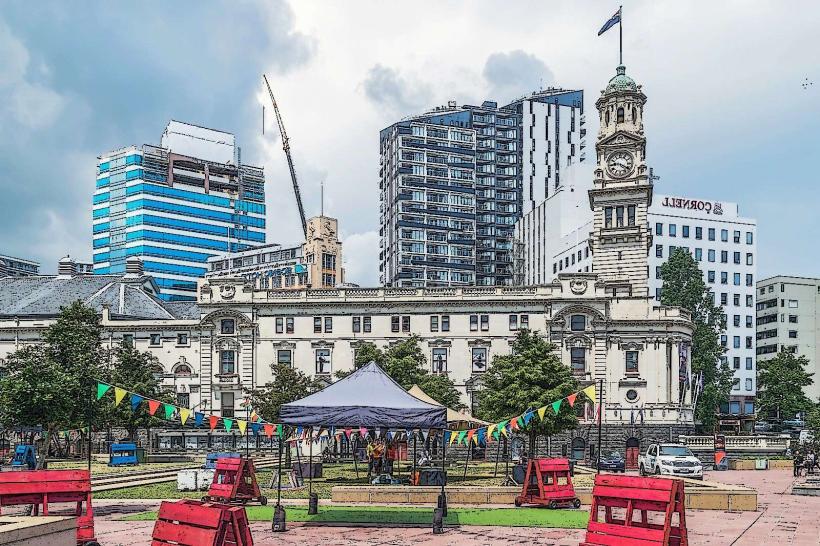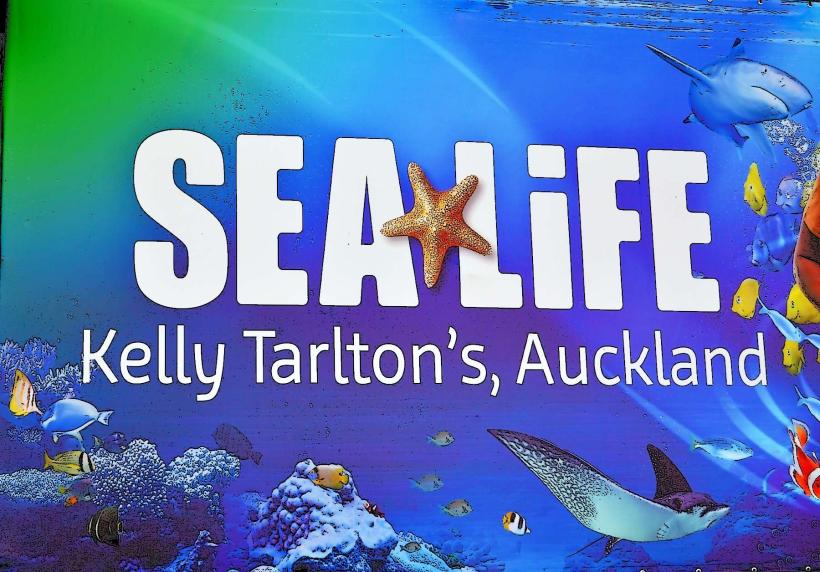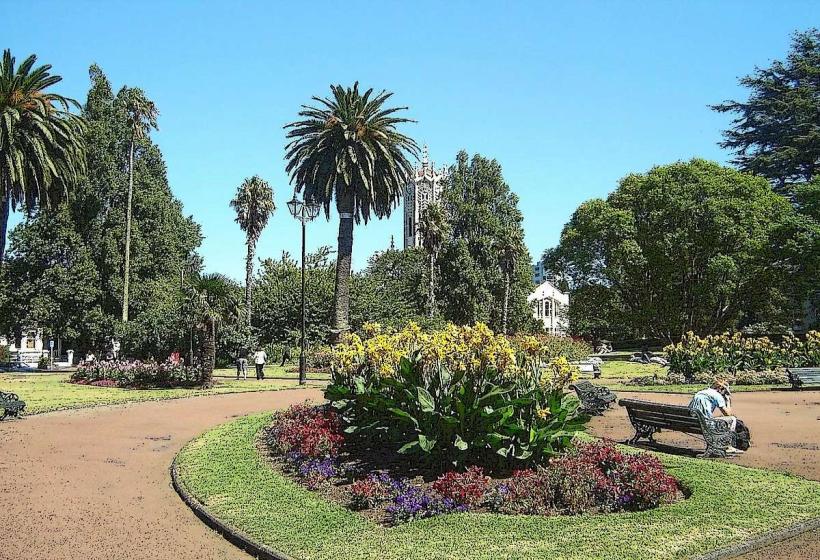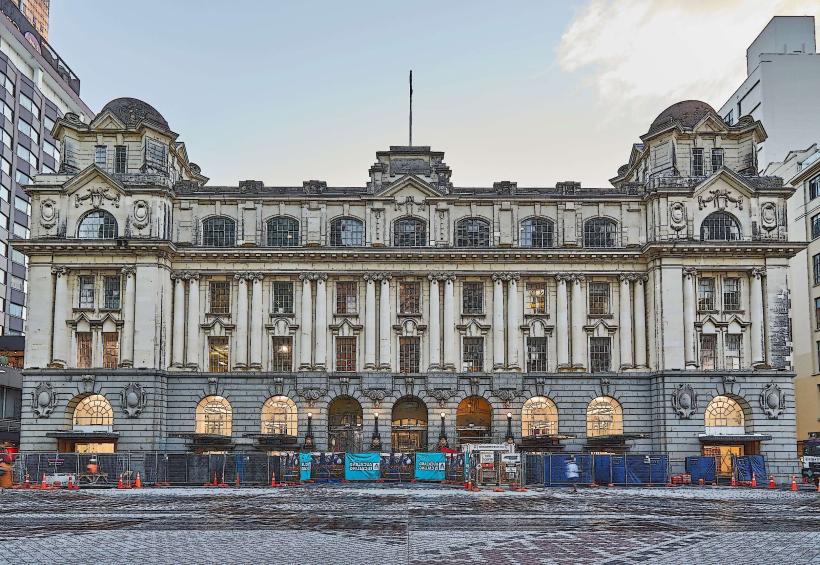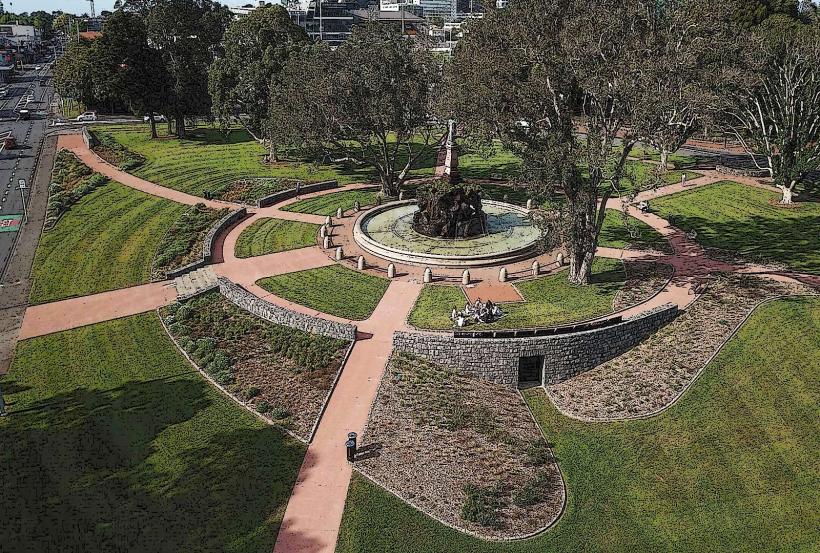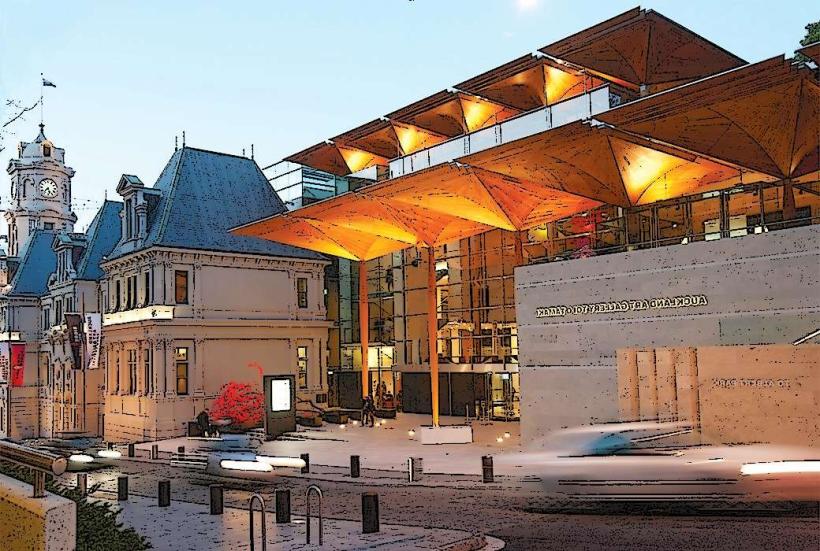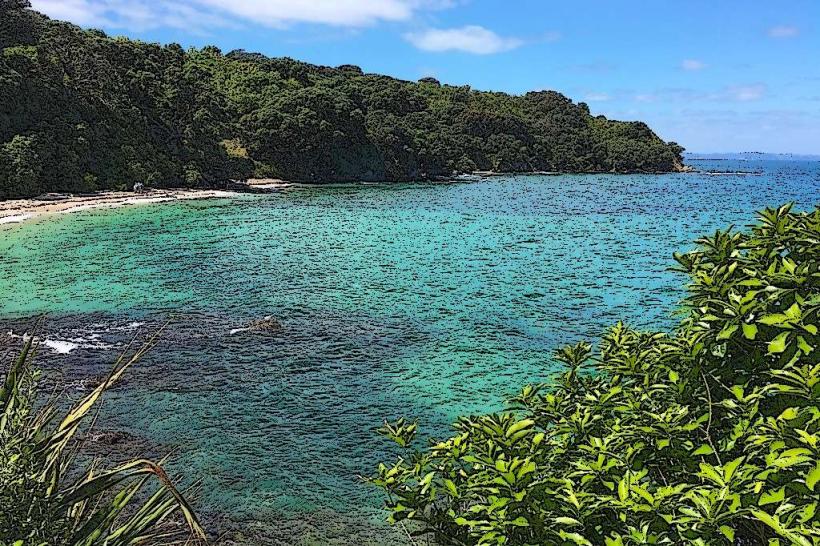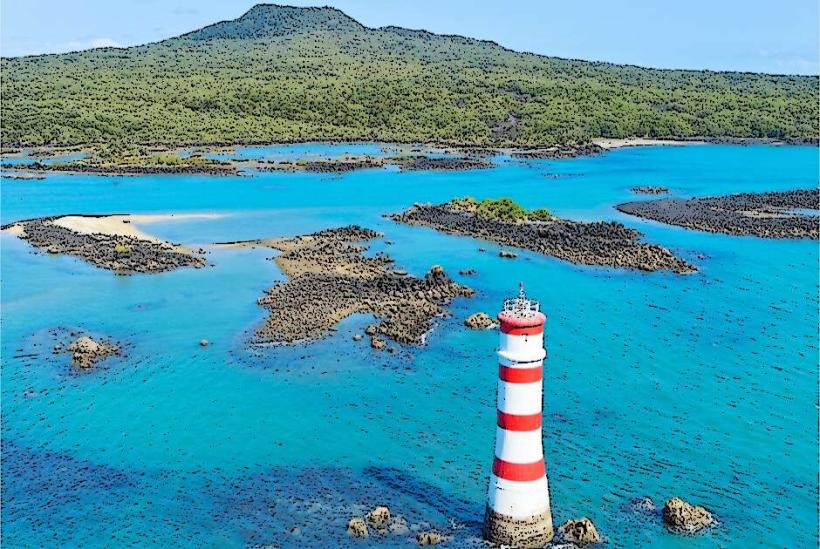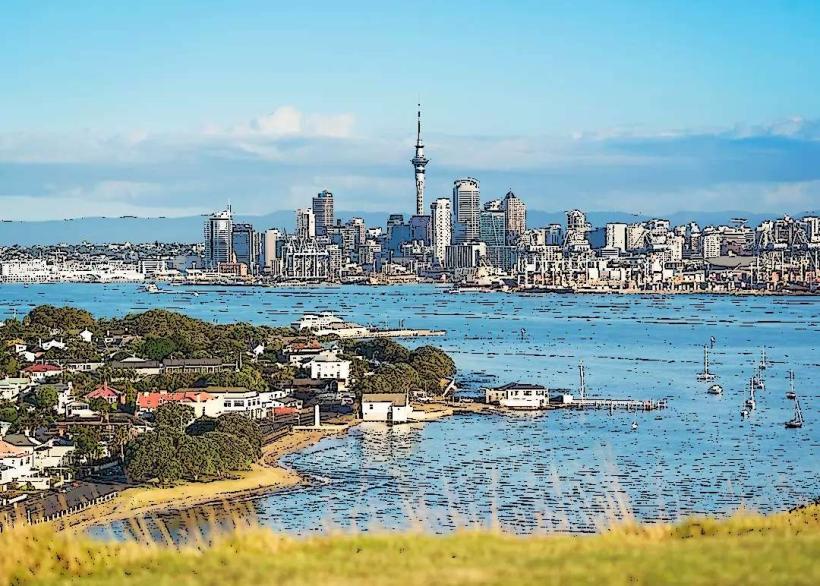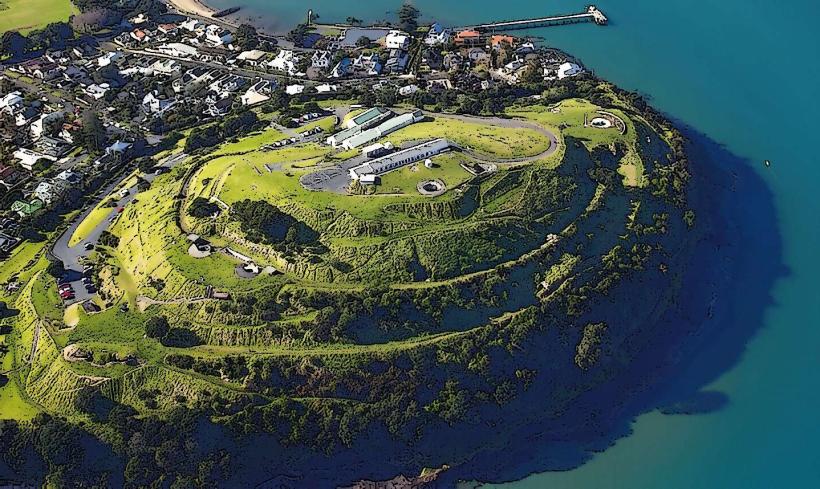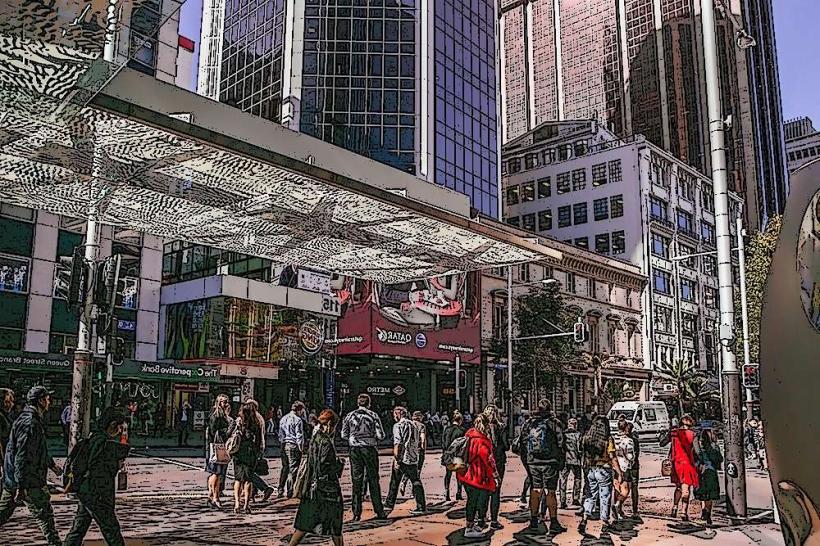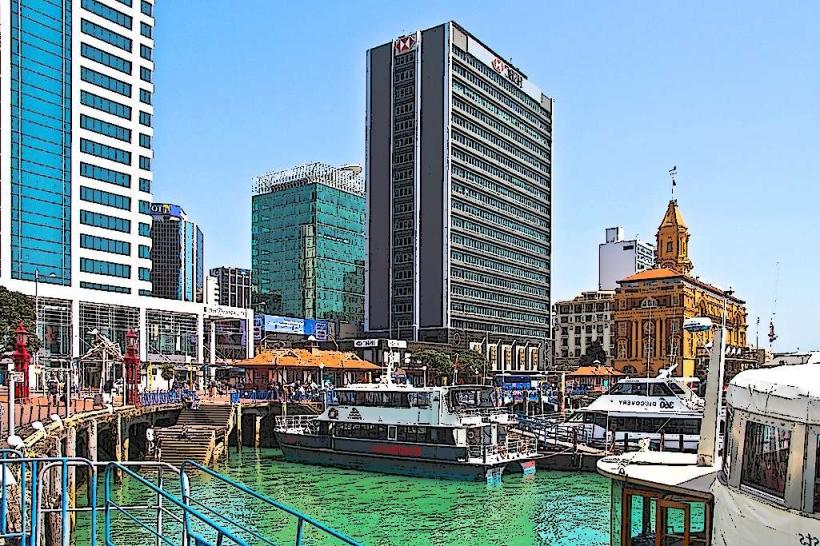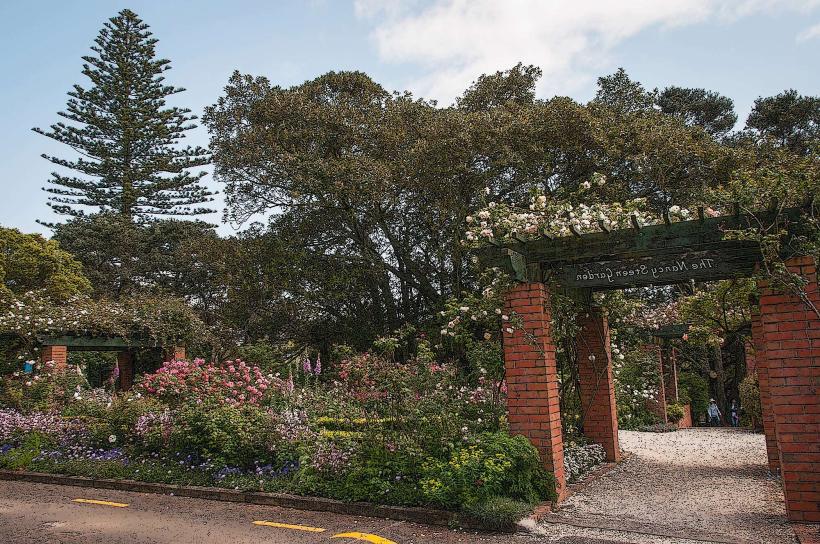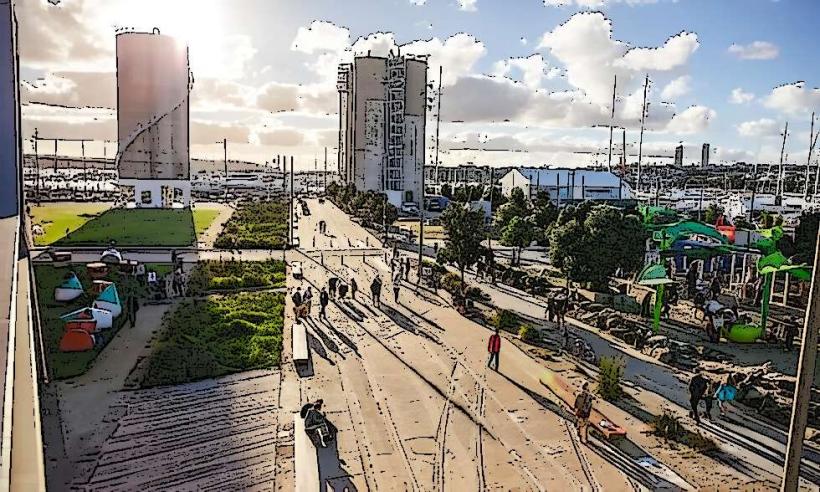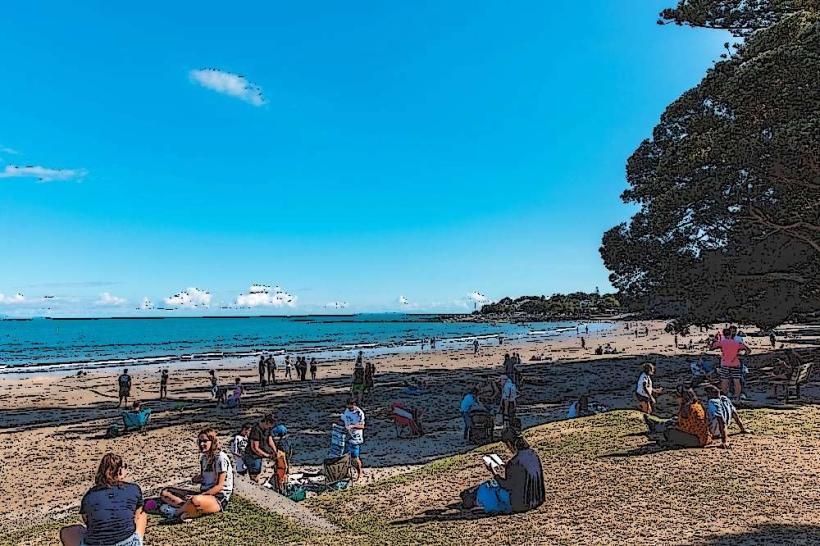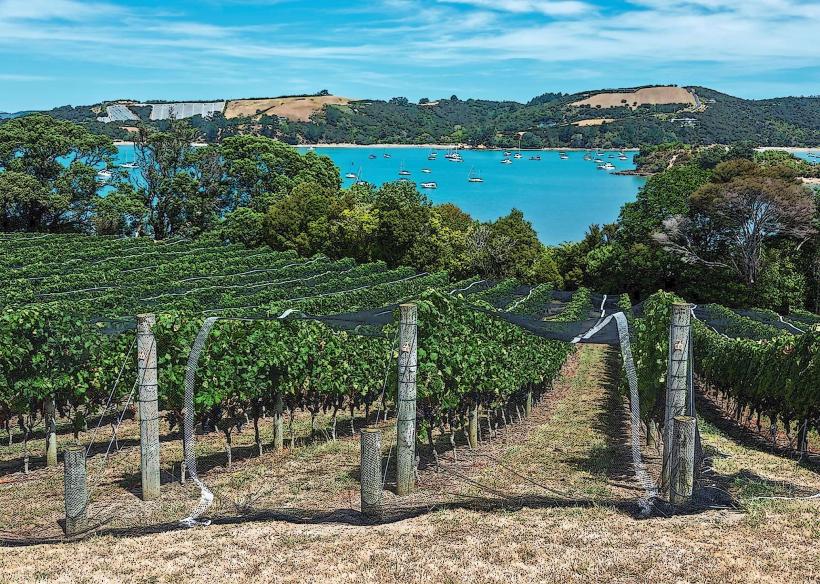Information
Landmark: Hauraki GulfCity: Auckland
Country: New Zealand
Continent: Australia
The Hauraki Gulf is a stunning marine area located just off the coast of Auckland, New Zealand, and is renowned for its natural beauty, biodiversity, and scenic islands. Spanning over 1,200 square kilometers, the Hauraki Gulf is a central part of the Auckland region’s marine environment, offering a haven for wildlife, a variety of recreational activities, and access to some of New Zealand's most iconic islands.
Key Features of the Hauraki Gulf:
1. Marine Biodiversity
- The Hauraki Gulf is home to a rich array of marine life, including dolphins, whales, seals, and numerous species of fish. It is one of the best places in New Zealand for whale watching and dolphin encounters, with several companies offering tours to see these marine creatures up close.
- The Gulf’s waters are rich in nutrients, making it an important fishing ground and providing a diverse ecosystem. Coral reefs, kelp forests, and underwater volcanic structures provide habitats for marine species.
- The Hauraki Gulf Marine Park, established in 2000, protects the area’s biodiversity and aims to preserve the Gulf’s natural resources for future generations. It is a designated marine sanctuary with some parts completely protected from commercial fishing and development.
2. Scenic Islands and Beaches
- The Gulf is home to over 50 islands, many of which are easily accessible from Auckland. Some of the most notable islands include:
- Waiheke Island: Known for its vineyards, olive groves, stunning beaches, and vibrant art scene, Waiheke is a popular day-trip destination from Auckland.
- Rangitoto Island: A volcanic island famous for its distinctive cone, lava caves, and panoramic views of the Gulf.
- Tiritiri Matangi Island: A wildlife sanctuary and conservation success story, home to rare native birds and lush forests.
- Motutapu Island: A historic island with ancient Māori sites and rich biodiversity, located near Rangitoto.
- Great Barrier Island: A remote, rugged island known for its natural beauty, hiking tracks, and dark-sky sanctuary for stargazing.
- Kawau Island: A historical island with a rich colonial past, home to the famous Mansion House and scenic walking trails.
- The islands of the Hauraki Gulf offer opportunities for hiking, swimming, picnicking, and enjoying some of New Zealand’s most beautiful beaches.
3. Auckland’s Harbor and Waterfront
- The Hauraki Gulf plays a vital role in the harbor of Auckland, New Zealand’s largest city. The waters are used for both commercial and recreational activities, including boating, sailing, fishing, and kayaking.
- Auckland’s waterfront area is bustling with cafes, restaurants, and cultural attractions, all offering magnificent views of the Gulf.
4. Outdoor Activities
- The Hauraki Gulf provides a vast playground for outdoor enthusiasts:
- Sailing and Boating: With calm waters and plenty of islands to explore, the Gulf is a popular sailing destination. You can hire yachts or join organized tours to cruise the waters and visit some of the islands.
- Kayaking and Stand-Up Paddleboarding: The Gulf’s waters are calm and sheltered, making it ideal for kayaking and paddleboarding. Many rental companies offer equipment for exploring the coastline and nearby islands.
- Hiking: Several of the islands, like Waiheke and Rangitoto, have well-maintained walking tracks that provide stunning views and beautiful scenery. Great Barrier Island offers more remote and challenging hikes for adventurous visitors.
- Snorkeling and Scuba Diving: The clear waters of the Gulf provide excellent conditions for both snorkeling and scuba diving, with sites such as Coromandel Peninsula, Tiritiri Matangi, and Great Barrier Island offering rich underwater ecosystems.
5. Historical and Cultural Significance
- The Hauraki Gulf has been significant to Māori people for centuries, with several islands serving as settlements, fishing grounds, and sacred sites. Many of the islands are protected areas, preserving these rich cultural histories.
- European exploration of the Gulf began in the early 19th century, and several islands were used for settlements and commercial ventures during the colonial era.
- Motutapu Island, for example, contains several archaeological sites of early Māori occupation, including terraces and pa sites (fortified villages). Waiheke Island is also home to many historic vineyards and art galleries, reflecting its colonial and contemporary cultural heritage.
6. Conservation and Environmental Protection
- The Hauraki Gulf Marine Park is designed to safeguard the ecosystem by managing the area’s marine resources. The park aims to create a balance between human use (fishing, recreation, tourism) and conservation, ensuring the protection of the Gulf’s marine life.
- Marine reserves such as Goat Island and Kawau Island are dedicated to preserving marine habitats and encouraging sustainable practices.
- Environmental groups and government bodies are also working to address the challenges posed by invasive species, pollution, and overfishing in the Gulf.
7. The Hauraki Gulf’s Importance to Aucklanders
- The Hauraki Gulf is often referred to as the "lungs" of Auckland, providing a source of recreation, clean air, and a sense of connection to nature for the people of the city.
- The Gulf’s natural beauty and the ease of access to its islands make it a beloved spot for Auckland residents and tourists alike, offering an escape from the urban hustle and bustle.
Interesting Facts
- The Hauraki Gulf is home to the largest marine park in New Zealand, with several areas designated as marine reserves and protected sanctuaries.
- The Gulf’s name comes from the Māori words “Hauraki,” meaning “north wind,” and “gulf,” referring to its large, sheltered waters.
- Waiheke Island, one of the most well-known islands in the Gulf, is famous for its wineries and art galleries, making it a top destination for food and art lovers.
- The Gulf is part of the Auckland Region’s maritime network, with active shipping routes that serve Auckland’s busy harbor.
Visitor Information
- Getting There: The Hauraki Gulf’s islands are accessible by ferry, private boat, or charter services from Auckland or nearby ports like Waiheke or Gulf Harbour.
- Best Time to Visit: The summer months (December to March) are ideal for visiting the islands, as the weather is warmer, and most outdoor activities can be enjoyed. However, spring and autumn also offer fewer crowds and mild temperatures.
- Accommodation: Many of the islands, particularly Waiheke and Great Barrier, offer a range of accommodation options, including beachfront lodges, camping grounds, and holiday homes.
The Hauraki Gulf is one of New Zealand's most beautiful and accessible natural areas, offering an exceptional blend of outdoor activities, biodiversity, and scenic beauty. Whether you're exploring the islands, enjoying water sports, or learning about the region's cultural and ecological significance, the Gulf offers a unique and memorable experience.

